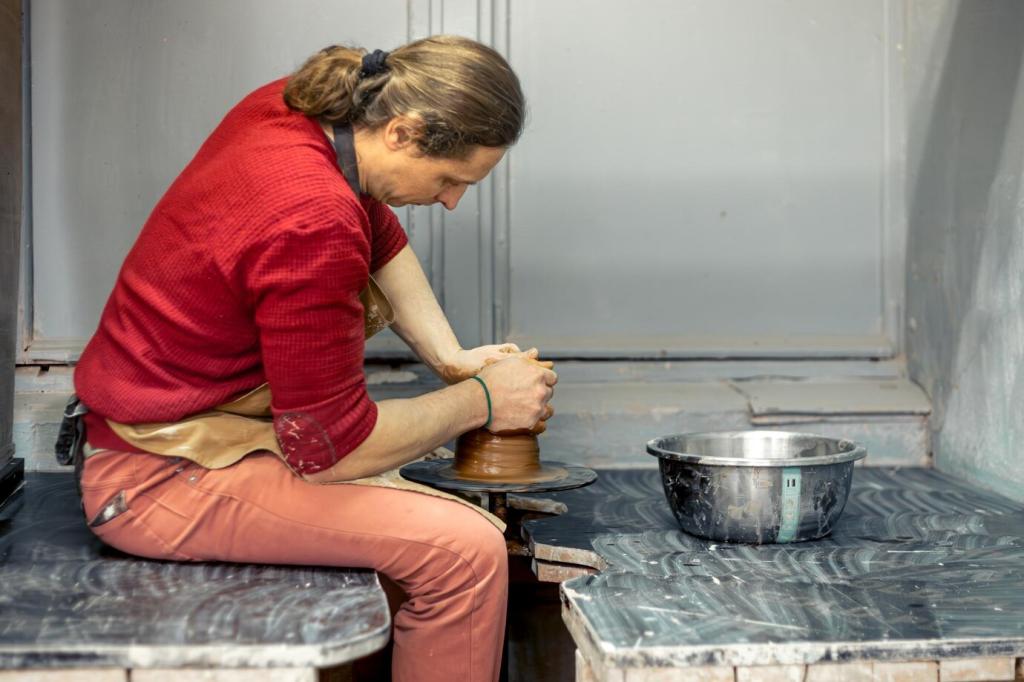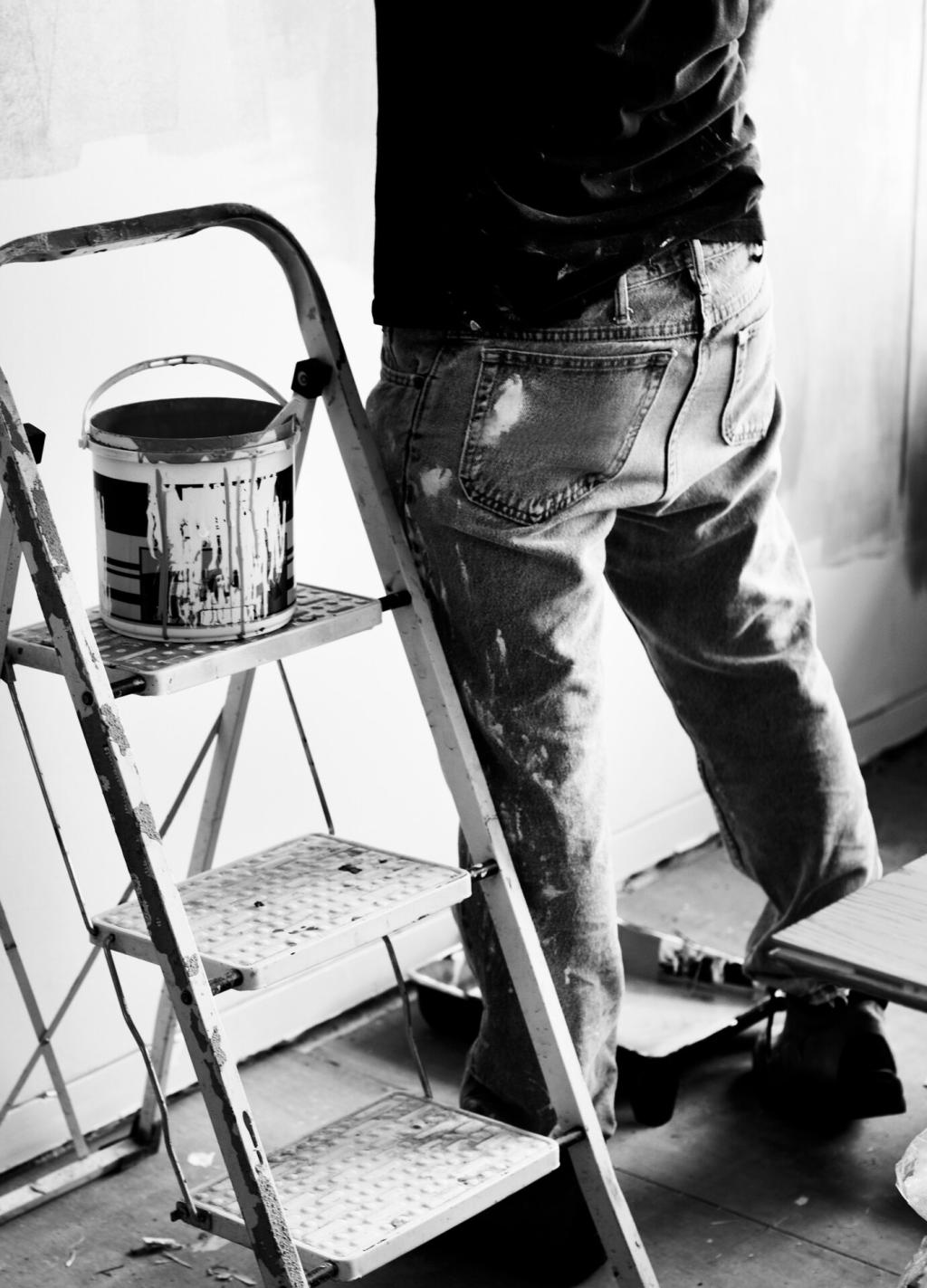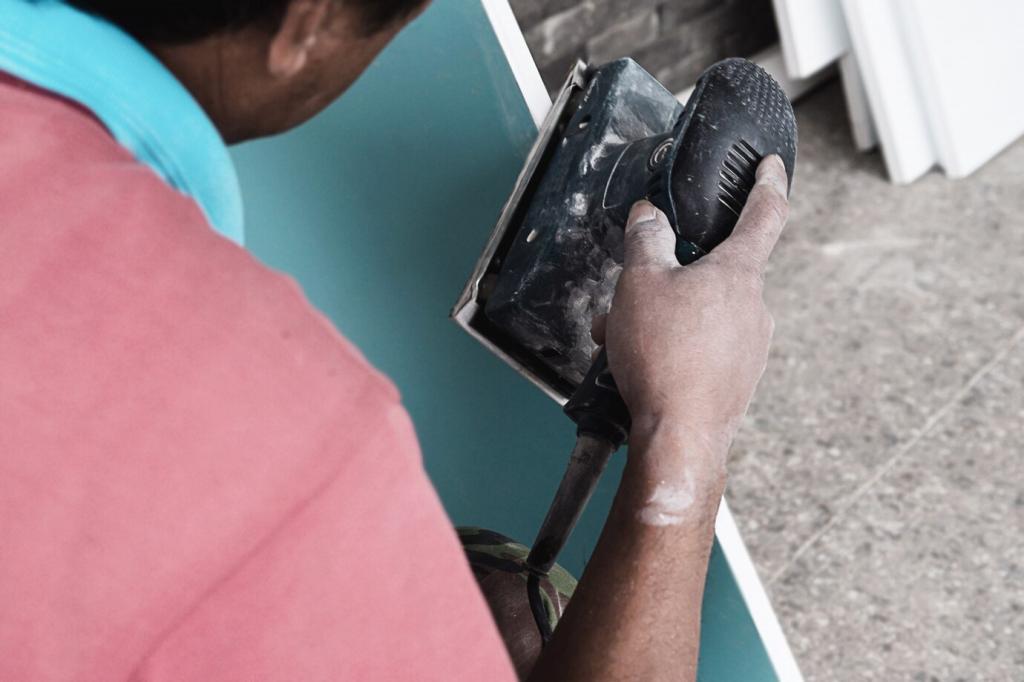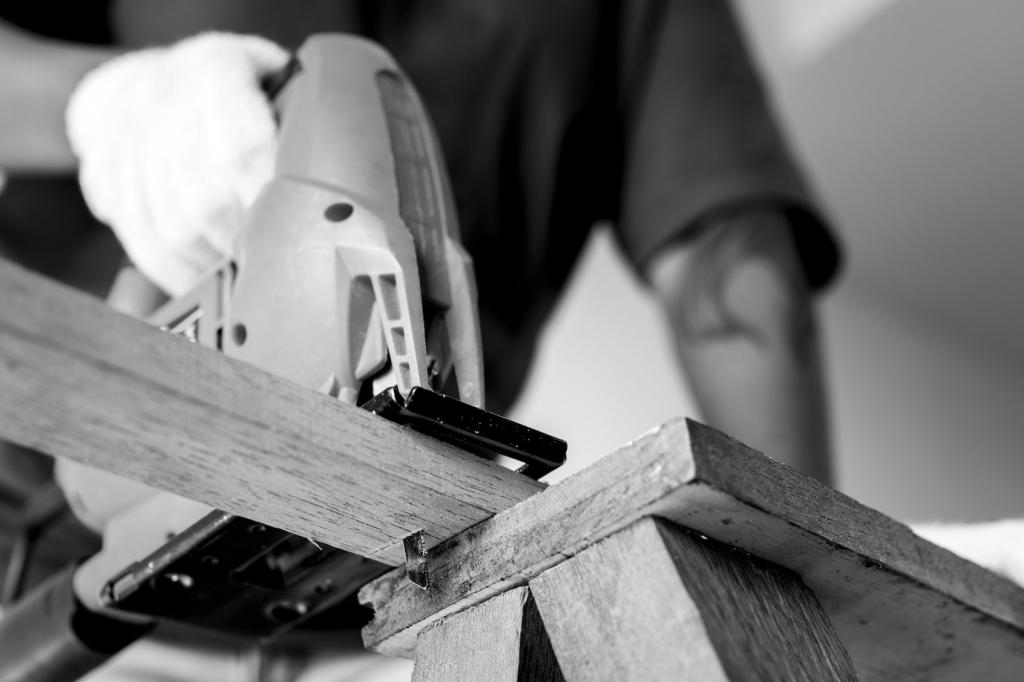This website uses cookies so that we can provide you with the best user experience possible. Cookie information is stored in your browser and performs functions such as recognising you when you return to our website and helping our team to understand which sections of the website you find most interesting and useful.
Blending vintage charm with contemporary design is an interior design approach that creates spaces exuding rich character and modern sophistication. This fusion draws from the past’s ornate details and historical influences, merging them seamlessly with the clean lines and minimalist elements of current aesthetics. The result is neither entirely old-fashioned nor strictly modern but instead a harmonious balance that feels both nostalgic and fresh. This concept not only pays homage to timeless craftsmanship but also addresses the modern desire for functional, uncluttered spaces. In the following sections, we’ll explore the philosophy, practical implementation, aesthetic benefits, and transformative power of integrating vintage and contemporary style, guiding you toward crafting spaces that celebrate history while embracing innovation.


Curating for Character
Focusing on Condition and Restoration
Blending Styles Thoughtfully
The Role of Color and Texture
Contemporary Foundations
Embracing Minimalist Layouts
Incorporating Modern Technology
Utilizing Contemporary Surfaces

Creating Focal Points


